Begin with a guided walk through the cloister to feel the family atmosphere shaping Moscow’s spiritual life. This 16th-century building cluster sits within the heart of the city, inviting you to see how many generations cared for these walls and how daily routines evolved.
The year 1524 marks the foundation, when Grand Prince Vasily III established the convent as a monastery for Moscow’s noblewomen. The complex centers on a cathedral, a bell tower, and a series of domestic buildings, all arranged within a compact building plan that preserved its purpose through centuries.
The unknown corners of history reveal their stories here, as the heritage of Moscow’s religious life is kept intact within these walls. The convent grew into a monastery that served as a spiritual center for noble families, while also hosting lay visitors and local communities.
Within the cloister, you can trace grooves in old stone and wood that show how daily rituals were performed. These details tell of an older era when monks and nuns maintained the most exact routines, and the same forms carried through generations, year after year.
What to look for in the interiors? The number of chapels, the copy of sacred icons, and how each space preserves its own character. The arrangement shows how these rooms were adapted across centuries to support daily life and ceremonial occasions.
Within this five-century arc, the whole site remains a living archive. You leave with a clear sense that the convent links the older Moscow with modern life, inviting visitors to compare how history and heritage continue in the city today.
Novodevichy Convent: Royal Abode and 500-Year Legacy
Plan a guided visit to the southern wing and the grand dome to grasp how royal power shaped the site across five centuries. A committee of historians notes that the layout mirrored the state’s ceremonial center and reinforced the sacred role of the cloister.
In 1524, Grand Prince Vasili III founded the convent for his wife Elena, anchoring Moscow’s spiritual center. The complex combined fortress-like walls with a ceremonial core, creating a center for state rites and theological study within the city.
The womens wing housed daughters of boyars and other nobles, turning the cloister into a hub where piety met political life within the imperial capital and came into sharper focus each season.
Between the adjacent lopukhinskie estate and the convent, the kremlin silhouette framed the ceremonial approach; soldiers guarded gates during sieges, and records show a margarita who supported restoration work, with a copy of the grant preserved in the chesnokova archive.
architectural notes reveal how the plan remained faithful to the original ideas; another wing and the central dome reflect the evolution without breaking a historical line. Some elements came from neighboring monasteries, while the interior was copied for scholarly study, ensuring theological and liturgical functions stayed integrated.
During the upheavals of 1917, assets were taken and the complex transformed into a museum; the site still preserved historical layers and offered spaces for quiet reflection within a public center.
Today, restoration work keeps the womens spaces accessible to researchers and worshippers, while preserving the royal past; artifacts and the dome chapel remain central to Novodevichy’s identity.
| Period | Key Change | Notes |
|---|---|---|
| 1524 | Foundation by Vasili III for Elena | Royal Abode becomes spiritual center |
| 17th–18th c. | Architectural expansions | Southern wing and domes enhanced |
| 1918–1920s | Confiscation and museum status | Soldiers guarded gates; margarita and chesnokova references in archives |
| 1990s–present | Restoration and active worship | Preserved historical heritage and scholarly study |
Guided Tour Essentials: Booking, Timings, and Language Options
Reserve your guided tour at least two weeks ahead to secure a slot on your preferred date. The site offers a robust program focused on the Royal Abode and five centuries of history, featuring the convent’s architecture and surrounding grounds.
For architecture fans, the site showcases a style echoed in Suzdal, compact layouts and sturdy walls define the ensemble.
- Booking options: Official online portal; telephone desk; on-site counter during operating hours.
- Timings and duration: Daily starts at 10:00, 12:00, 14:00; winter adjustments may occur; tours last 60–90 minutes.
- Language options: English, Russian, Spanish, French, German; private guides and small-group formats available.
- Tickets and discounts: Adult, student, and family rates; group discounts for 10+ participants; payment via reservation or on arrival depending on method.
- Accessibility: Some stairs; assistance available on request; plan accordingly.
- Site access during restoration: Ongoing work on walls and interior areas may limit access to certain interiors; alternate routes and clear signage guide visitors.
- Practical tips: Dress modestly, wear comfortable footwear, bring ID for group rates when required, and have a voucher ready.
- Arrival and check-in: Arrive 15 minutes prior to start; present confirmation at the entrance; security checks may apply.
- Guides and language support: Translation headsets available in multiple languages; book ahead to ensure headset availability.
- Nearby features: Gardens and river views surround the ensemble, offering a backdrop for photography after the tour.
What You Will See on Novodevichy New Maiden Convent Tour
Begin at the main gate and plan a 90-minute circuit that covers the central sites of the novodevichy convent. The abode sits on a bend of the Moscow River, its red-brick construction framing the territory around the main church and cloisters, which anchors the site in the heart of old Moscow.
From the outside arcades to the inner yard, you will notice the main bell tower and the white-stone chapel; inside the main church, the iconostasis and frescoes reveal 16th-century craft, and the brick arches show the era’s appearance.
Outside, the cloisters open to a quiet court where the stories of female residents unfold; among them were boyar families, and many were imprisoned here then during later decades.
Inside the on-site museums, you will see artifacts that reveal their daily life, from household tools to religious relics, and the stories of writers who lived here, given in archival records.
Between the walls and the river, you will notice connections to wider history, with references to donskoy and suzdal legacies, and other moments when appearance appeared in their records.
Nearby exhibits tie this ancient abode to modern times, including a nod to sputnik and the city’s science heritage. For most visitors, comfortable shoes and a cautious pace help you take in details without rushing.
Founding to Present: Key Historical Milestones
Begin your visit at the gate and trace the ring of walls to the oldest church within the монастырь complex, where the stones tell the founding story.
In 1524, Vasili III and his wife Elena founded the convent to house noble women, a move that came to symbolize power and culture in Moscow. The sacred site soon grew into a place where religion and daily life intersected for the whole city.
During the 16th and 17th centuries, the convent expanded with new chambers and cloister corridors, while decoration in the interiors reflected the tastes of the houses that supported it. The sisterhood, along with staff, conducted education, charity, and rites that anchored culture in a turbulent era. A grand chamber hosted gatherings and ceremonies that linked daily life to the wider world of Moscow’s elite.
In the 18th century imperial grants granted by the crown helped preserve the ensemble, reinforcing its status as a key religious and cultural institution for women and visitors alike. The site has been a symbol of Moscow’s resilience and noble patronage for centuries.
In the 20th century, turbulent politics reshaped the site; the convent was repurposed as a museum and research center, while those within its walls conducted religious services when possible and the staff worked to safeguard the collection. Some figures were imprisoned elsewhere during periods of repression, yet the community persisted in its daily life.
Unesco inscribed the site as a World Heritage property in 1994, highlighting its architectural unity, historic value, and role in Moscow’s urban culture.
Since the late 1990s, the convent has returned to a dual character: a living monastic community of women and a major museum that welcomes visitors, with a dedicated staff maintaining the rings of walls, the gate, and the inner chambers.
What future does the whole complex hold? It will continue to protect the монастырь’s heritage, cultivate education about traditional culture, and welcome scholars and travelers to places where history and religion meet. The site remains a bridge between noble lineage and everyday life, with the romanovs and many other lineages shaping its path.
Architectural Highlights: Iconic Structures and Photo Spots
Begin at the Main Gate for the best light, then stroll to the adjacent cloister to frame the whole complex against a Moscow sky. This approach helps you map the site, which makes planning easier for photographers.
the smolensky Cathedral is the main icon, a famous example that fuses russian and lithuanian culture dating to the year 1524 in the 16th century; its three domes catch light, which creates striking silhouettes.
Another key structure is the bell tower, adjacent to the main church, offering clean vertical lines that carve through the convent walls and guide the eye toward the surrounding city.
Three places to photograph: the Gate façade, the inner cloister arcades, and the burial chapel where a saint rests, each offering a different mood and angle.
Beginning in the early 16th century, the date marks the creation of the convent; older structures appeared over time, and restorations conducted in the late 19th century and again after 1990 housed relics of a saint and other sacred items.
Cemetery Highlights: Notable Burials, Monuments, and Etiquette
Take a guided tour that starts at the center and follows the walls to the main tombs; this orientation helps you locate the highlights without getting lost.
Notable Burials
- Aristocratic families linked to historic houses, whose mausoleums line the central axis and reflect the city’s historical lineage.
- Writers and public figures, with inscriptions that hint at literary circles and the town’s cultural life; you may spot markers bearing names like Ilya on stone slabs.
- Saint figures and religious leaders buried near chapel precincts, complementing the spiritual setting created by the nearby Ascension Cathedral.
- Exile-era burials that mark political histories and shifts in the region, offering a tangible link between the monastery territory and wider corridors of history.
- Feoktistova family plots, a distinctive cluster with carved stone and a compact enclosure that stands out for its architectural detail.
- Donskoy connections and Suzdal influences appear in inscriptions and stylistic hints, reminding visitors of distant monastic ties within the territory.
Monuments and Architectural Notes
- Baroque-style chapels punctuate the cemetery’s landscape, with architectural details that highlight craftsmanship and the enduring impact of period design.
- Architectural elements–stone arches, inscriptions, and symbolic reliefs–decorate the walls and surrounding walls, creating a cohesive, historical sightline between center and outside sections.
- The precinct sits within the monastery’s historic walls and within the monastery grounds: already a premier heritage zone, it preserves a sense of the town’s growth and religious devotion.
- Inscriptions and memorials often reference distant origins, tying the site to broader patterns of pilgrimage and memory; источник material from local archives supports these cross-regional links.
Etiquette for Visitors
- Dress modestly and speak softly; keep voices low near graves and religious monuments.
- Respect signage and allowed routes; stay on established paths, especially between the center and outside areas and when passing around the monasterys grounds.
- Photography is usually permissible in many zones, but avoid flash near tomb markers and do not obstruct maintenance work or clergy during service times.
- Limit touches on monuments and do not lean on walls or enclosures; treat family plots, such as the Feoktistova group, with particular care.
- For a deeper understanding, join a scheduled tour in January when winter light adds a stark, reflective mood to the architectural details and sculptural work.
Facilities and Visitor Services: Access, Amenities, and Safety
Book a guided tour in advance to guarantee access to the four main buildings and the cemetery grounds, which shelter tsars-era relics and sister monasteries that shaped religious life in russia, with unknown legends whispered by local guides.
Access begins at the northern perimeter gate. The service building beside the main plaza houses restrooms, lockers, and a small museum shop. Clear signage directs visitors along a loop that protects sensitive areas while letting you view outer cloisters and the adjacent cemetery; before you enter the central court, ask at the desk about accessibility options. Signage has been updated to reflect current access.
Amenities include seating in quiet zones near the museum, a café at the entrance, and special tours on select days. The museum offers exhibits that cover the beginning of the convent and more than a century of activity, along with displays about the tsars, the sisterhood, and the religious life of monasteries in russia. The architecture preserves a restrained style characteristic of northern religious complexes.
Safety guidelines emphasize staying on marked paths along the perimeter, respecting restricted areas around sacred spaces, and keeping noise to a minimum during prayers. Do not touch artifacts, and follow posted photography rules; the service infrastructure uses fuses updated to modern standards to ensure reliable lighting and power in guest areas.
Time planning helps you make the most of your visit. Start at the beginning of your time at the northern gate, then proceed to the four buildings and the cemetery area, allowing about 90 to 120 minutes depending on pace. If arriving with guests who speak different languages or with seniors, retired guides can tailor routes and provide step-by-step assistance; you can also request a longer, more relaxed tour or a focused look at the legacy of the sisterhood and monasteries left behind in russia.

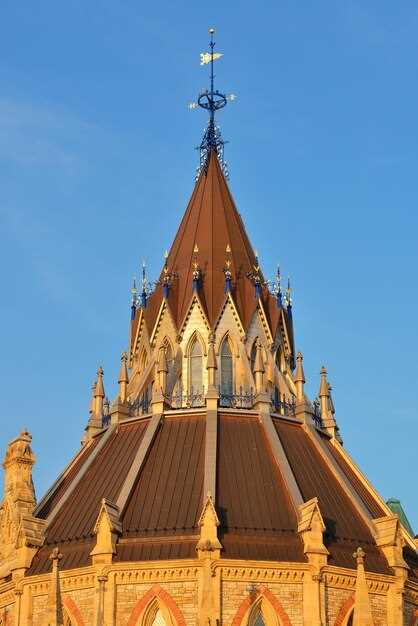 Royal Abode – 500 Years Since the Foundation of Moscow’s Novodevichy Convent">
Royal Abode – 500 Years Since the Foundation of Moscow’s Novodevichy Convent">
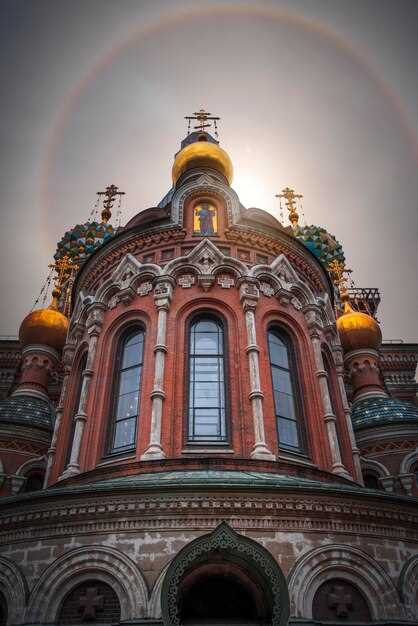
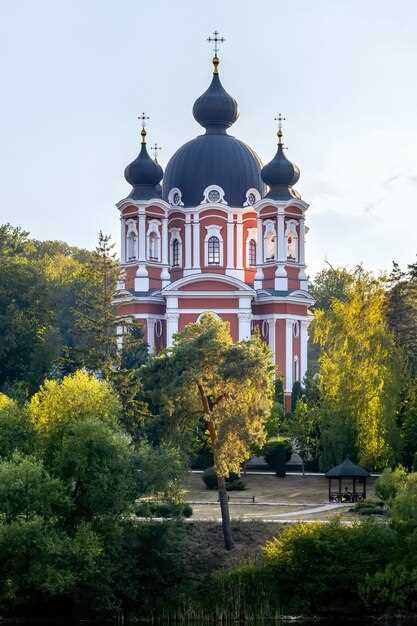
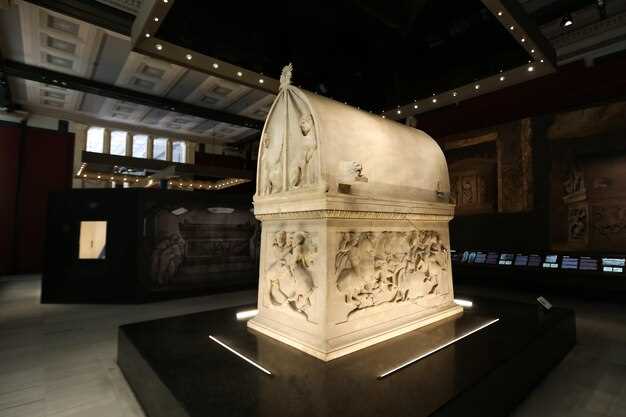 The Armory Chamber Becomes a Museum – Historic Milestone">
The Armory Chamber Becomes a Museum – Historic Milestone">
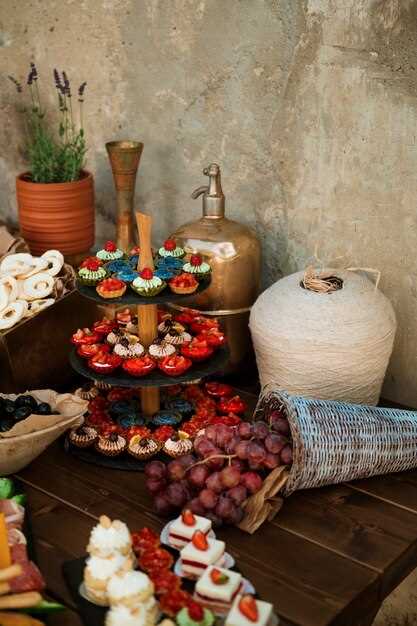 Russian Souvenirs – A Guide to Traditional Gifts &">
Russian Souvenirs – A Guide to Traditional Gifts &">
 Moscow Public Transit – The Troika Card and Unified Tickets">
Moscow Public Transit – The Troika Card and Unified Tickets">
 Vnukovo Airport Guide – Flights, Terminals, and Travel Tips in Moscow">
Vnukovo Airport Guide – Flights, Terminals, and Travel Tips in Moscow">
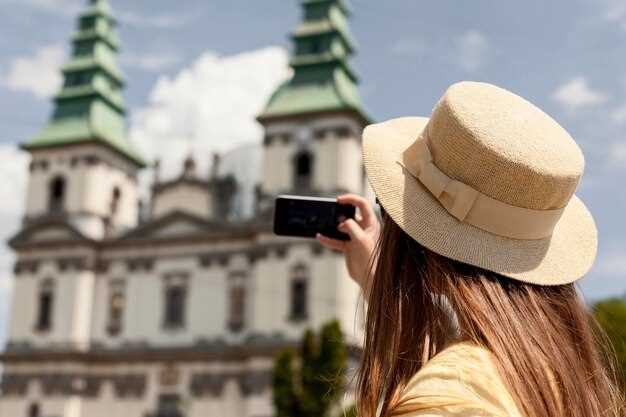 Where to Stay in Moscow – 7 Best Areas from a Local">
Where to Stay in Moscow – 7 Best Areas from a Local">
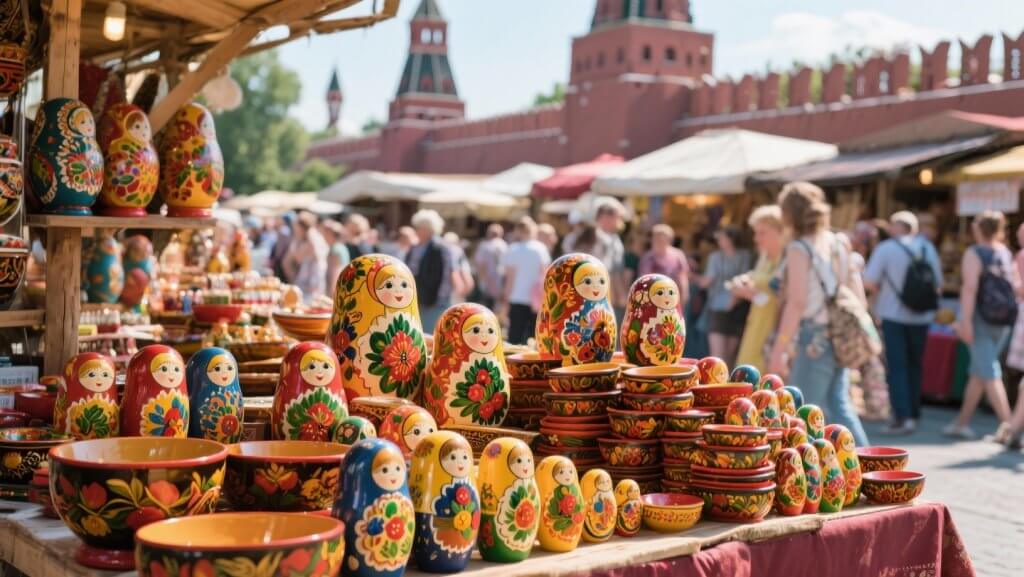 Local Markets and Where to Buy Authentic Russian Souvenirs: A Treasure Hunt in Moscow">
Local Markets and Where to Buy Authentic Russian Souvenirs: A Treasure Hunt in Moscow">
 The Maximizing Moscow Trip: A Business Traveler’s Guide to Combining Work and Sightseeing">
The Maximizing Moscow Trip: A Business Traveler’s Guide to Combining Work and Sightseeing">
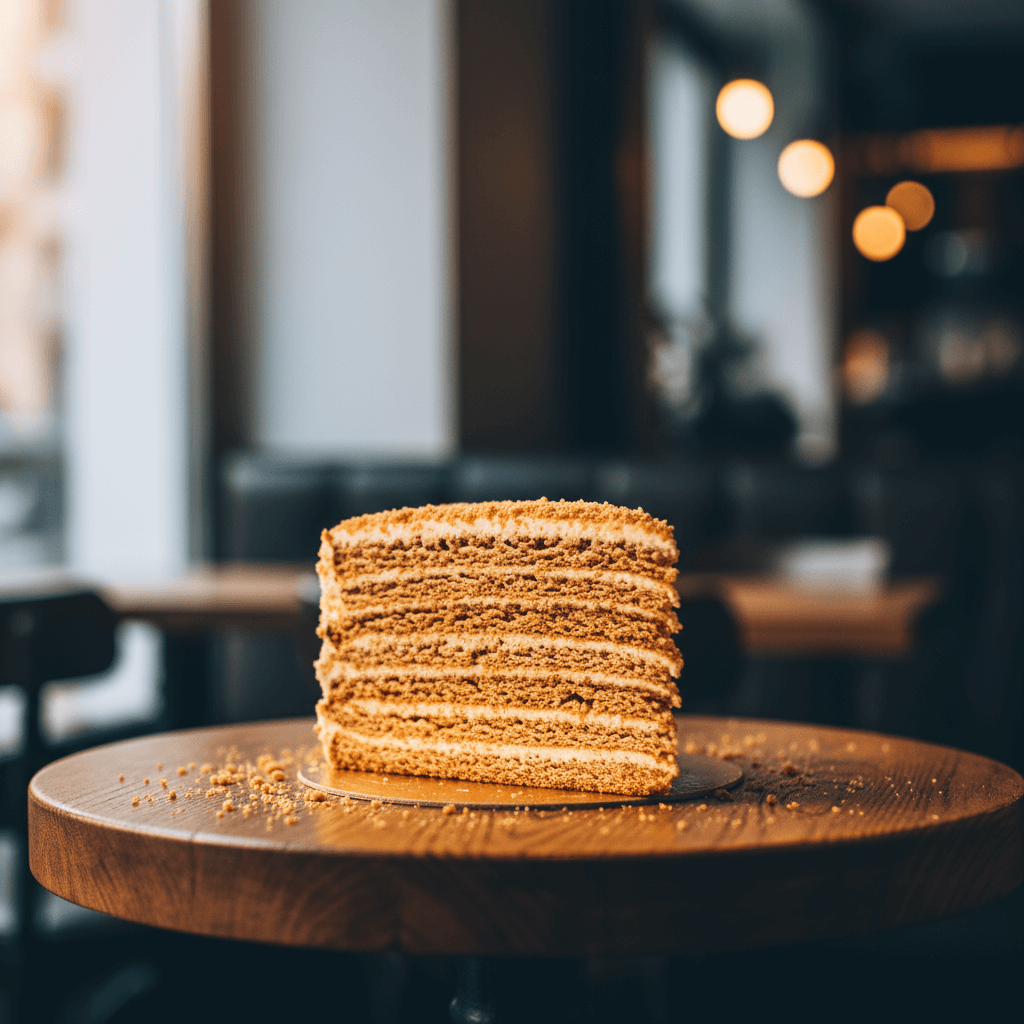 Delicious Moscow Dessert Spots Beyond the Tourist Map: A Guide to Local Sweetness">
Delicious Moscow Dessert Spots Beyond the Tourist Map: A Guide to Local Sweetness">
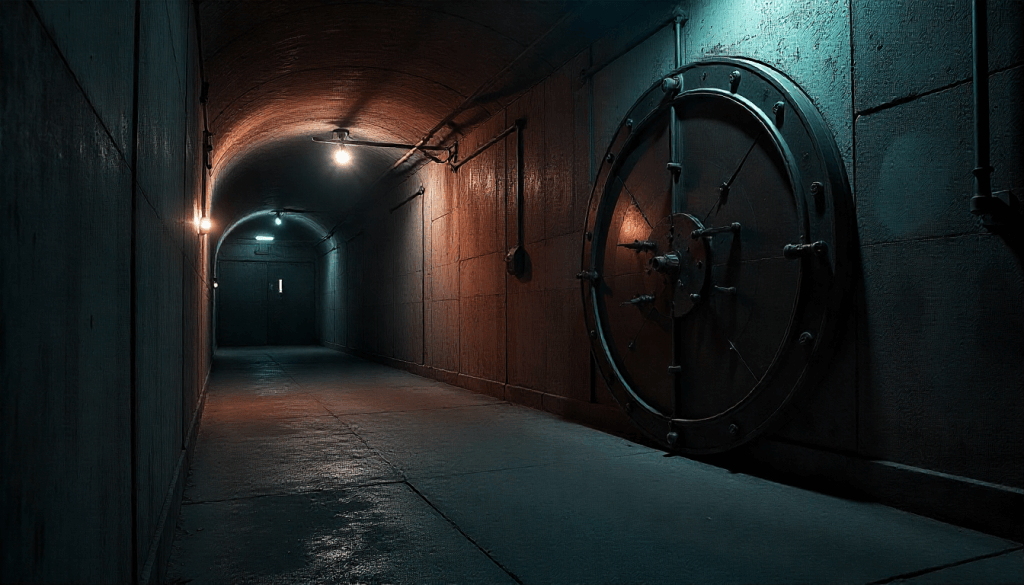 History and Mystery: Exploring Moscow’s Underground Bunkers – A Cold War Legacy">
History and Mystery: Exploring Moscow’s Underground Bunkers – A Cold War Legacy">
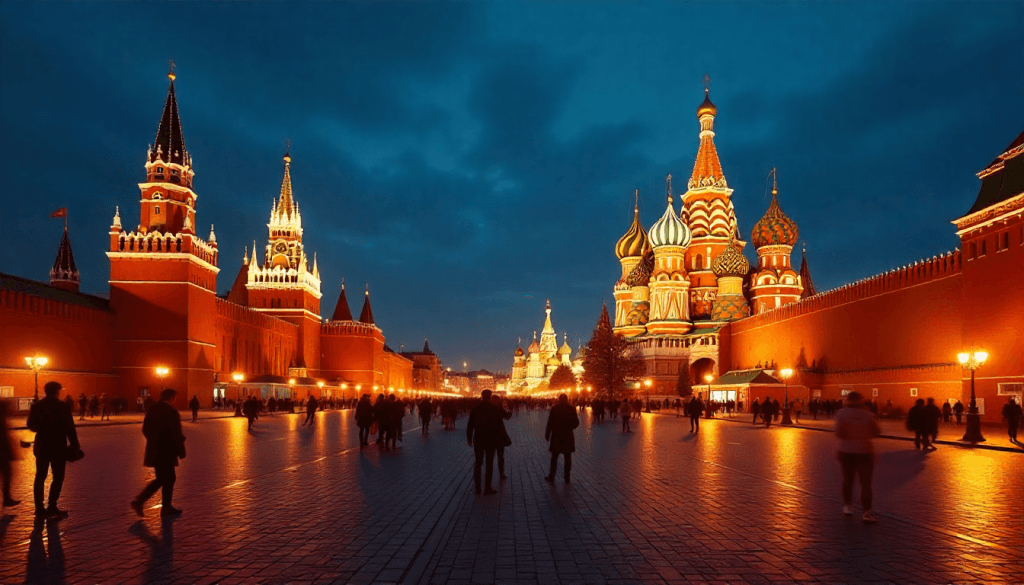 How to Enjoy Moscow in Autumn: Festivals and Must-See Spots">
How to Enjoy Moscow in Autumn: Festivals and Must-See Spots">